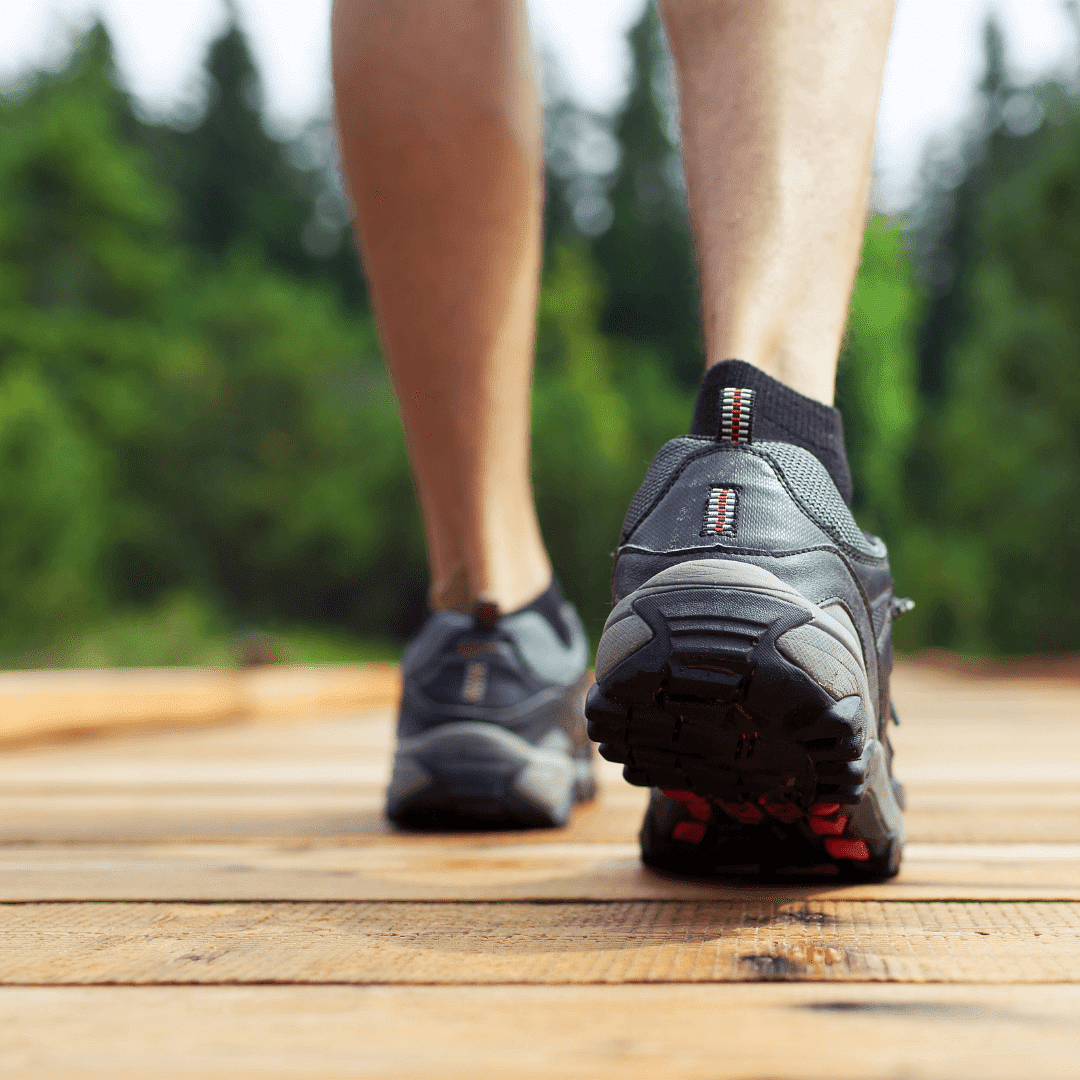How to Increase Oxygen Levels at Home Naturally: Best Practices, Exercises
Tracking blood oxygen levels and making efforts to maintain them has now become synonymous with Coronavirus care. On a biological level, one cannot overlook the importance of oxygen levels either.

Why Are Blood Oxygen Levels Important?
Tracking blood oxygen levels and making efforts to maintain them has now become synonymous with Coronavirus care. On a biological level, one cannot overlook the importance of oxygen levels either. When one draws a fresh breath, their lungs fill up, and red blood cells combine with this oxygen and carry it through the bloodstream. Why does the body need this oxygen in the first place? To clear out old cells that are deteriorating and boosting your immune system, making sure you live a healthy life.
How to Increase Oxygen Level in Body at Home: Best Practices
Here are specific tips on how to increase oxygen levels naturally if you are experiencing shortness of breath.
Drink Water
According to research, water rules over 60% of your body and plays a vital role in many functions such as regulating temperature, absorption of nutrients, supplying electrolytes, etc.
Keeping your body hydrated will make it easy for your blood to carry oxygen in your body. According to health experts, one should drink at least 2-3 litres of water every day.
Nutritious Diet
A nutritious diet is critical if you're looking for how to increase blood oxygen levels at home. It's best to consume a meal that is rich in iron, antioxidants and fibre, such as spinach, legumes, fish, blueberries, cranberries, strawberries, blackberries and green leafy vegetables.
Studies suggest that eating essential fatty acids like Vitamin F, aids in increasing oxygen levels in the blood. Soybeans, walnuts and flaxseeds are rich in these fatty acids.
Regular Exercise
Research suggests that we exercise for 30-minutes daily. It should involve cardiovascular or aerobic activities, which increase your body's capacity to utilise oxygen.
Practice yoga to increase respiratory health and include breathing exercises in your routine. Some examples include Kapalbhati, Anulom-Vilom, Pranayam, Bhastrika Pranayam, and Naadi-Shodhan.
Purify Your Surroundings
Air pollution is weakening your lungs and heart. The air you inhale nowadays is impure, due to which more people are having diseases like ischemic heart disease, lung infections, COPD and lung cancer etc.
Hence, another recommendation on increasing the spo2 level at home is by adding plants to your surroundings. You may also use technological tools, such as air purifiers.
Also read: Ayurvedic immunity boosters
Proning Position
Breathing in a proning position increases your oxygen levels. It's the ultimate answer to the question of how to increase SPO2 levels naturally at home when you are short on breath.
Home Exercises to Improve Oxygen Levels
Some highly recommended home remedies on how to increase oxygen levels:
Diaphragmatic Breathing
This is also called "belly breathing." These are the steps:
- Sit with your spine straight
- Keep one hand on your chest and the second on your stomach
- Breath in with your nose
- Make sure your stomach goes out while breathing in and in while breathing out. Your chest should remain unmoved
- Repeat this for 15-20 minutes
Buteyko Nose Breathing
This breathing technique has its origin in Russia. Ukrainian scientist Konstantin Pavlovich Buteyko invented it in the 1950s to control asthma attacks and cure respiratory problems.
Buteyko Nose Breathing is considered one of the most straightforward exercises for how to improve oxygen level at home. Below are the steps to perform this breathing technique:
- Sit straight
- Inhale slowly through your nose
- Exhale slowly through your nose
- Repeat this daily for 10-15 minutes
Relaxing Breath Method or 4-7-8 Breathing
This exercise provides relaxation to your body in addition to increasing oxygen levels in the blood. Follow the below-given steps to perform this breathing exercise:
- Breathe out of your mouth
- Inhale through the nose for 4 seconds
- Hold your breath for 7 seconds
- Exhale by your mouth for 8 seconds
- Repeat this 8-10 times
How to Increase Oxygen Level in Body at Home Instantly
There is no straightforward answer to instant remedies on how to increase blood oxygen levels at home. However, if a person has breathing difficulties, studies have found that you should perform proning while waiting for medical help.
Steps to perform proning
- Lie on your stomach
- Put one pillow below your neck and chest and two pillows beneath your shins
- Breathe in this position for 20-30 minutes
- Switch your position and repeat the above steps
You can perform proning by lying on your front, back, left side and right side.
Precautions
- Pregnant women shouldn't do this
- Please don't do it when you have a full stomach
- Do not continue proning for more than 30 minutes in one position
How To Improve Oxygen Levels At Home?
Maintaining oxygen levels is tricky. They should not be too high or too low. Normal oxygen levels in the blood for people without chronic lung diseases is 95% or above. However, if you face breathing difficulties, you can perform simple methods like proning and indulge in exercises such as Buteyko Nose Breathing and Diaphragmatic breathing mentioned above. If the trouble persists, please visit a medical professional immediately as one must not take these symptoms lightly.
Also read: Food items to boost men's immunity
FAQs
What are the signs of lack of oxygen?
Symptoms may include shortness of breath, headache, dizziness, bluish colour of skin and lips, confusion and wheezing.
Does lack of oxygen make you sleepy?
You may feel sleepy and experience fatigue also.
How to increase the oxygen level in blood naturally?
Some ways to increase oxygen levels are regular exercise, a healthy diet, regular hydration, and maintaining a green environment.
References
Lawrence E. Armstrong, Evan C. Johnson (2018) Water Intake, Water Balance, and the Elusive Daily Water Requirement (National Library of Medicine) https://www.ncbi.nlm.nih.gov/pmc/articles/PMC6315424/
Nazanin Abbaspour, Richard Hurrell (2014) Review on iron and its importance for human health (National Library of Medicine) https://www.ncbi.nlm.nih.gov/pmc/articles/PMC3999603/
James M. Lattimer, Mark D. Haub (2010) Effects of Dietary Fiber and Its Components on Metabolic Health (National Library of Medicine) https://www.ncbi.nlm.nih.gov/pmc/articles/PMC3257631/
Narinder Kaur, Vishal Chugh (2014) Essential fatty acids as functional components of foods- a review (National Library of Medicine) https://www.ncbi.nlm.nih.gov/pmc/articles/PMC4190204/
Rajan S Pooni (2020) Research in brief: Prone positioning in COVID-19: What's the evidence (Royal College of Physicians) https://www.ncbi.nlm.nih.gov/pmc/articles/PMC7385781/

